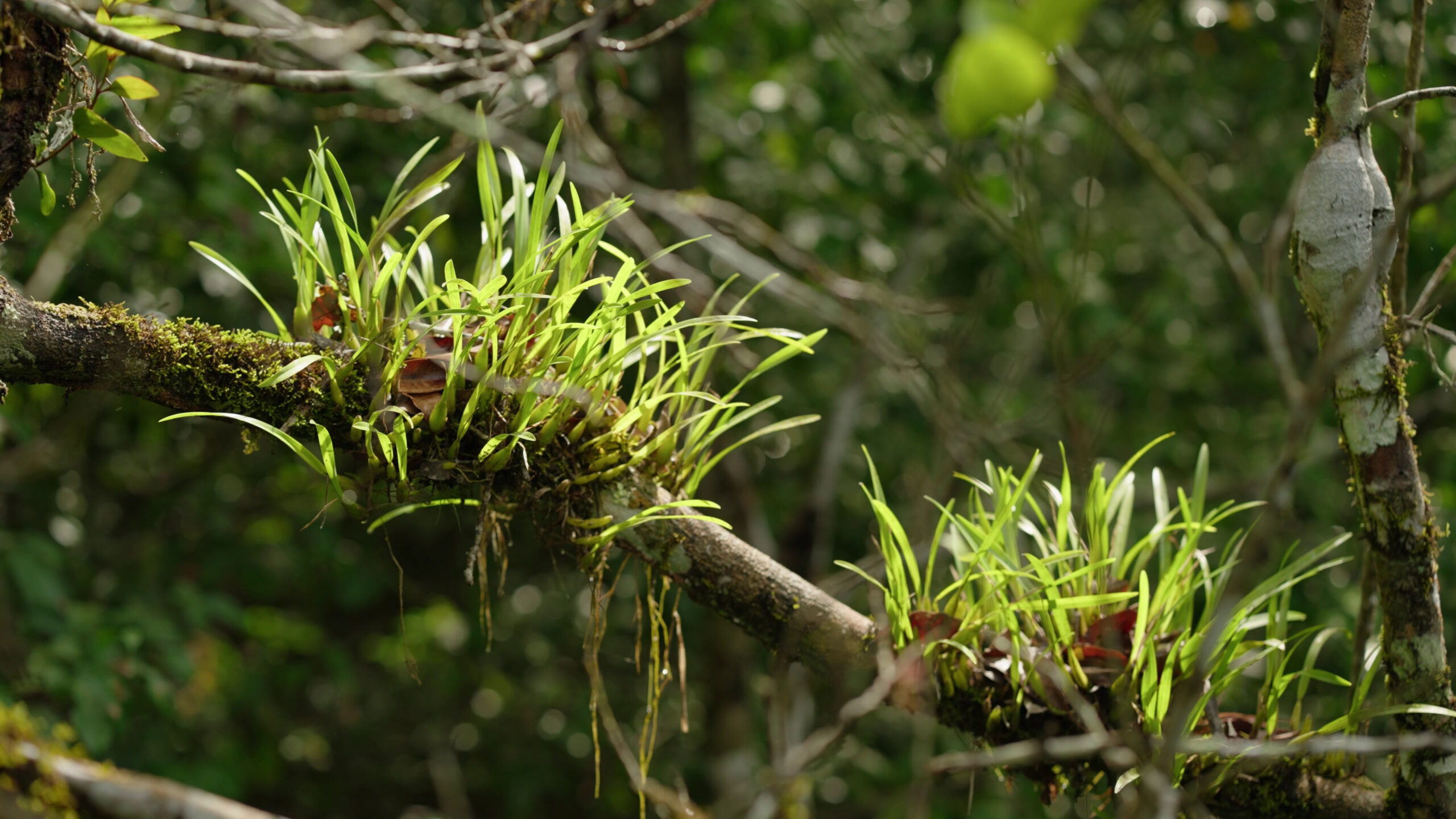Communities and forests thrive in the Maya Biosphere Reserve
Indigenous communities in the Maya Biosphere Reserve in Northern Guatemala are sustainably managing their forests while also supporting their livelihoods and wellbeing.
Forest protections that support this stewardship were recently renewed, which represents a major win for community-led conservation efforts in Guatemala and beyond.
Nearly 25 years ago, the Association of Forest Communities of the Peten (ACOFOP) secured 12 community management concessions for half a million hectares (1.2 million acres) of forest in the Maya Biosphere Reserve. This is one of the most successful and long-standing examples of community forest management in the world.
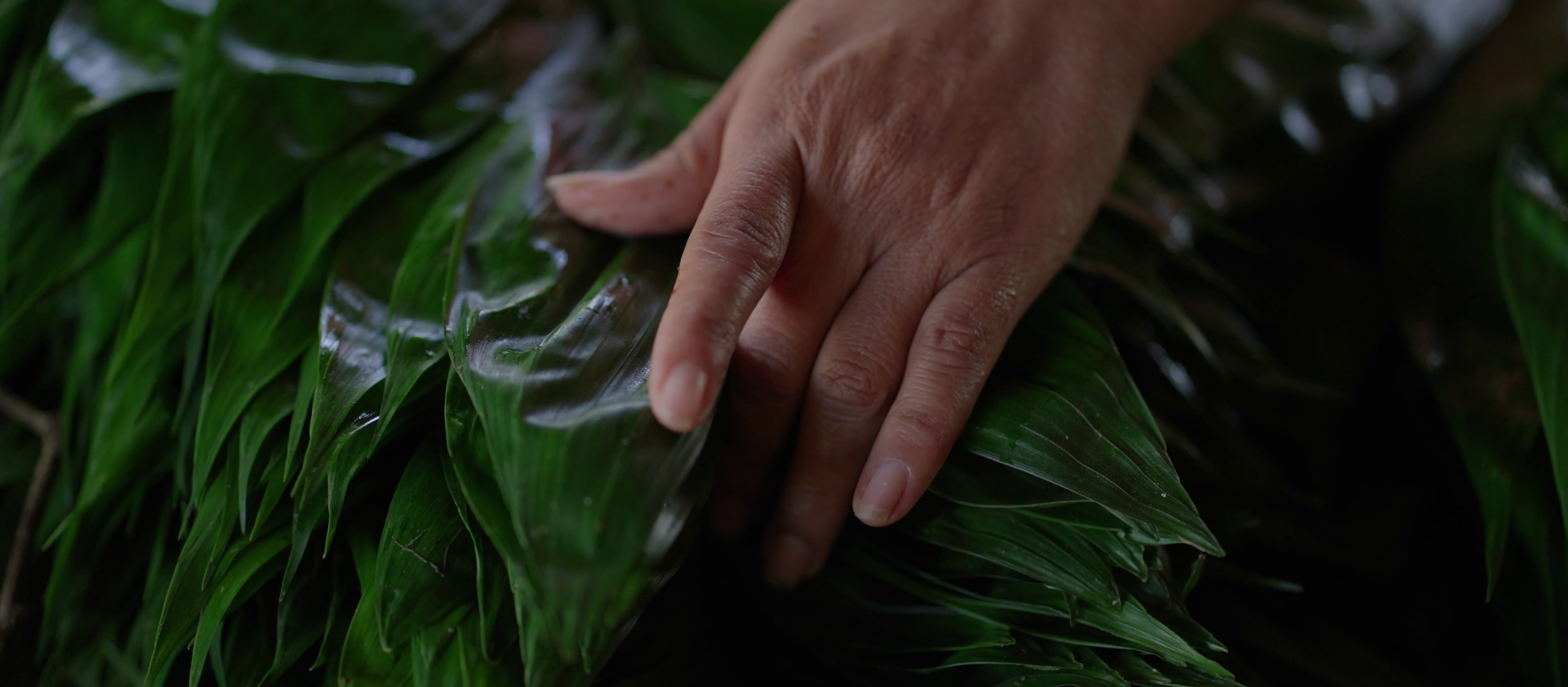
The forest concessions have maintained near-zero levels of deforestation over the past 25 years, even gaining forest cover in some cases.
“In the future, there are projections where the only areas where the forest will remain within the Maya Biosphere Reserve are the forests managed by the forest concessions. That’s the result of all the work done by the communities.” – Julio Valle, Forest Monitoring Technician, ACOFOP
ACOFOP is comprised of 23 community organizations in the region which aim to improve the quality of life of its members through sustainable resource management. Forest concessions are managed by local Indigenous communities, with conservation, livelihoods, and collective wellbeing in mind.
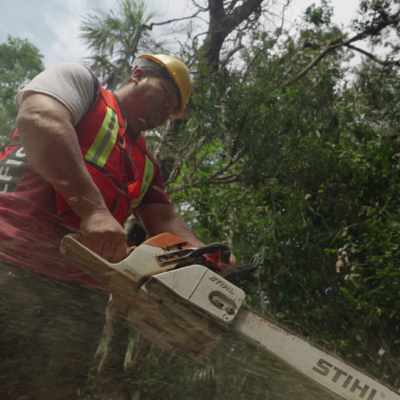
Communities sustainably produce timber, which is all Forest Stewardship Council certified.
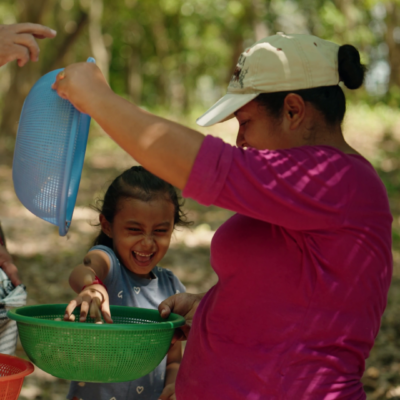
Non-timber products from the forest include xate palm, allspice, chicle gum, and wicker.
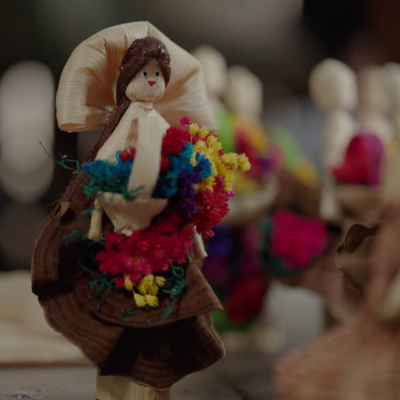
Communities also produce artisanal handcrafts from forest materials.
Communities of Peten are thriving from the multitude of forest-based enterprises they have developed, and all measures of human well-being are on the rise. Community forest enterprises sustainably generate income upwards of $5 million dollars per year and have generated nearly 7,000 jobs.
Income from the forest has contributed to improved housing, education, and health. School attendance rates have increased for both men and women. Women are beginning to have more leadership positions, which means that in addition to generating livelihoods, their voices and perspectives are increasingly represented in community planning and investment decisions.
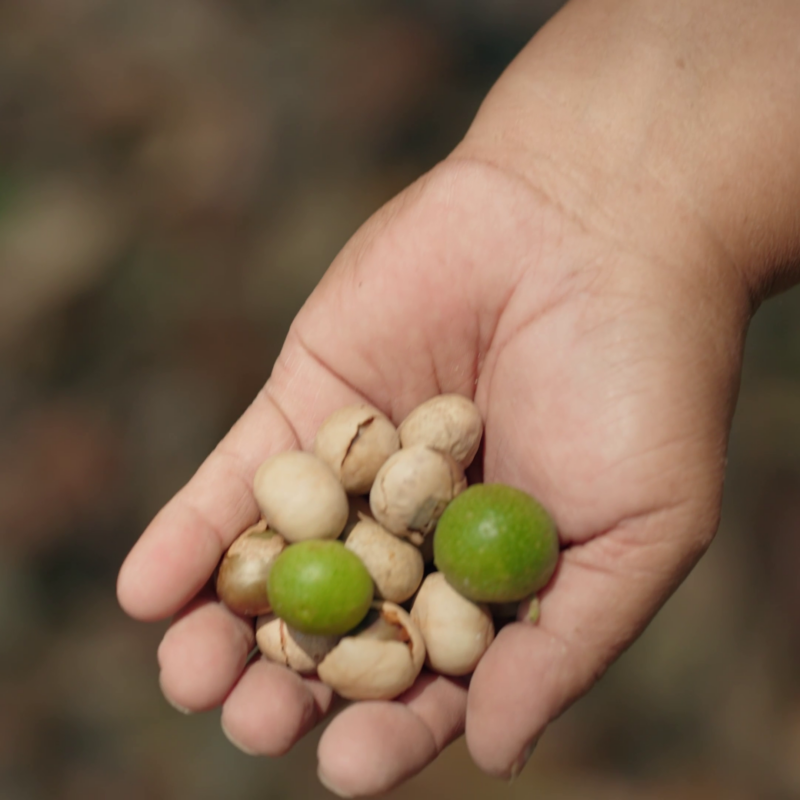
“We may seem small. What makes us big and perceived as a good community forest model at a global level is consistency . . . I think what we’ve accomplished is just a glimpse of what can be achieved.” – Rodolfo Cruz, Arbol Verde, Strategic Committee, ACOFOP
Margaret A. Cargill Philanthropies (MACP)’s Environment funding is rooted in the belief that conservation led and managed by local communities is the best method for ensuring both nature and people thrive. The strategy for MACP’s Tropical Forest program is coordinated with the Climate and Land Use Alliance. MACP has supported ACOFOP directly, as well as through grants to the Climate and Land Use Alliance.
While there is great data showing the success of community management in the Maya Biosphere Reserve, MACP also wanted to amplify the rich stories and lived experiences behind this work. Staff at MACP were interested in how storytelling through video could include perspectives and voices of community members about the deep impact and historical significance of the community forest concessions. Formal evaluation efforts in philanthropy often exclude or overlook these types of voices and experiences. MACP worked with ACOFOP and partners to produce the short documentary included above.
